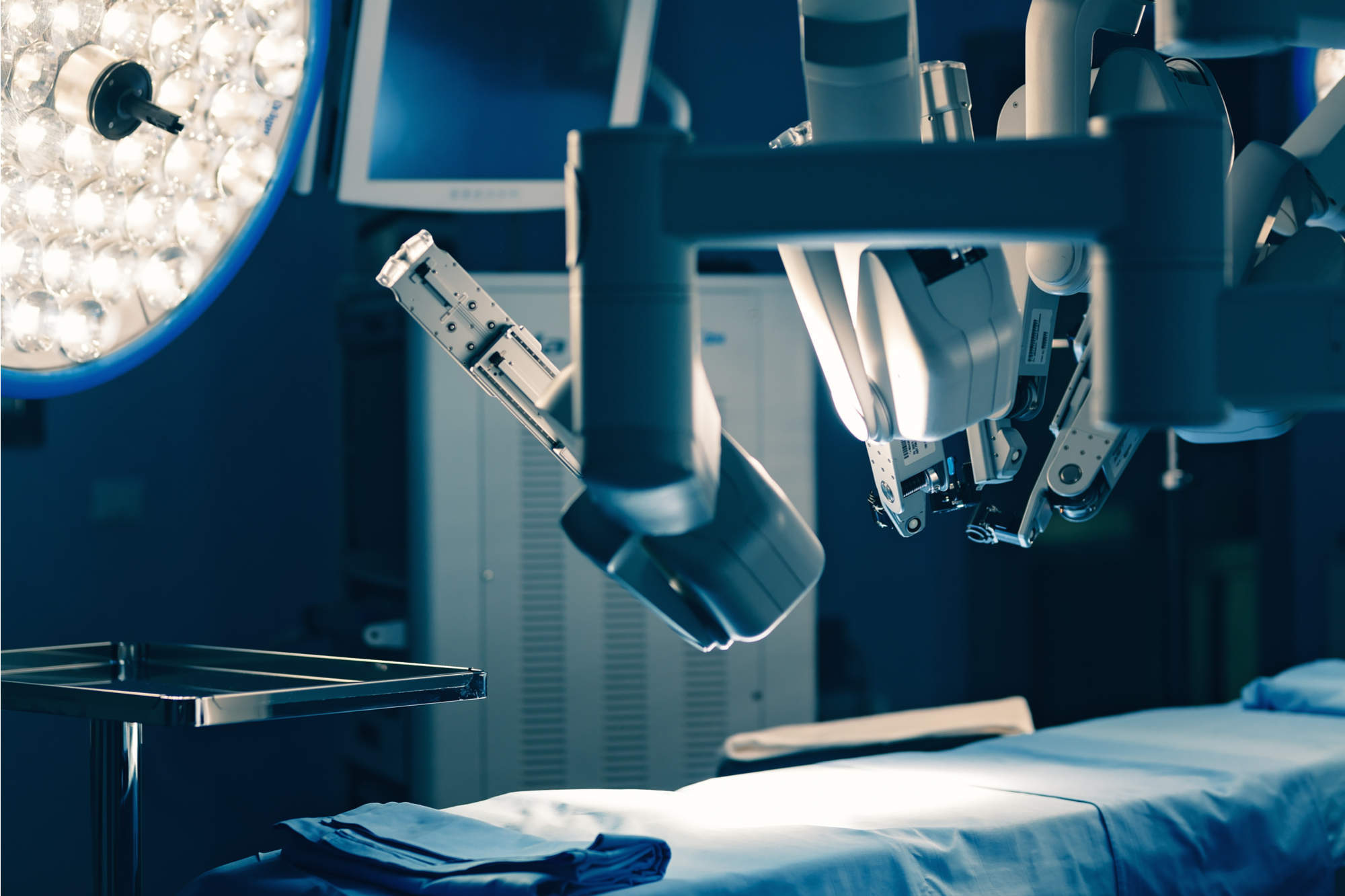
Today the National Health Service released the NHS Long-Term Plan, setting out how an extra £2.5bn in funding, provided to coincide with the NHS’s 70th birthday, will be allocated. With the aim of saving 500,000 lives over that time frame, the plan sets out exactly how the funding will benefit the healthcare system between now and 2023-24.
A key theme of the proposal was the use of technology, with consumer-facing apps, artificial intelligence and data driving a “digital first” approach.
With Matt Hancock recently issuing a ban on the NHS buying new fax machines from next month, after it was revealed that nearly 9,000 archaic fax machines were still in use across the NHS in England, the health service has not always been the quickest to embrace new technology. However, the institution appears to be increasingly willing to incorporate digital initiatives.
In recent years, money has been invested in preparing the NHS for the technological demands of the modern day, with funding going towards the use cutting-edge techniques such as the use of artificial intelligence in drug discovery, diagnosis, and patient care. In November it was announced that £50m would be invested in five new artificial intelligence centres.
The NHS long-term plan
Patients and health professionals can currently access over 70 apps that have been assessed and approved via the NHS Apps Library, but there are plans to extend this, with aims of having access to care plan and communications via the NHS App for everyone in the country over the next ten years.
Described as a “blueprint to make the NHS fit for the future”, the document also outlines plans to develop digital innovation hubs in order to provide a setting for digital-focused clinical research, designed to reinforce the country’s position “at the forefront of life sciences invention and innovation”.
How well do you really know your competitors?
Access the most comprehensive Company Profiles on the market, powered by GlobalData. Save hours of research. Gain competitive edge.

Thank you!
Your download email will arrive shortly
Not ready to buy yet? Download a free sample
We are confident about the unique quality of our Company Profiles. However, we want you to make the most beneficial decision for your business, so we offer a free sample that you can download by submitting the below form
By GlobalDataThe NHS long-term plan acknowledges the potential of technology, particularly AI, to reduce bureaucracy and free up clinicians for other more highly skilled tasks.
Although this may not be enough to solve the staff shortages currently faced by the health service, a digital-first approach, as well as the continued investment in AI, may enable clinicians supported by digital tools to work more efficiently.
It set out a vision for future NHS care, predicted to look “markedly different” to the current model, offering a “digital first” option for most, allowing for longer and richer face-to-face consultations with clinicians where patients want or need it. In other words, face-to-face contact with clinicians will be reserved for those with more serious or complex conditions, with wearable devices enabling people to be increasingly cared for in their own home.
Through this, it is hoped that people will be “helped to stay well, to recognise important symptoms early, and to manage their own health, guided by digital tools”.
The NHS long-term plan also highlights the role artificial intelligence will play in future NHS care, with clinicians increasingly able to use machine learning to support their decisions and eliminate “unwarranted variation across the whole pathway of care”.
Using intuitive tools to capture data as a by-product of care could enable predictive techniques to be used in disease prevention, with the technology having applications in planning care for populations.
However, some are skeptical whether plans will become a reality after criticism that staff shortages will prevent major changes from being made. With one in 11 posts currently vacant, some are doubtful whether the funding boost will have a real impact.
Nonetheless, embracing cutting-edge technology may go some way to “open up new possibilities for prevention, care and treatment”.







